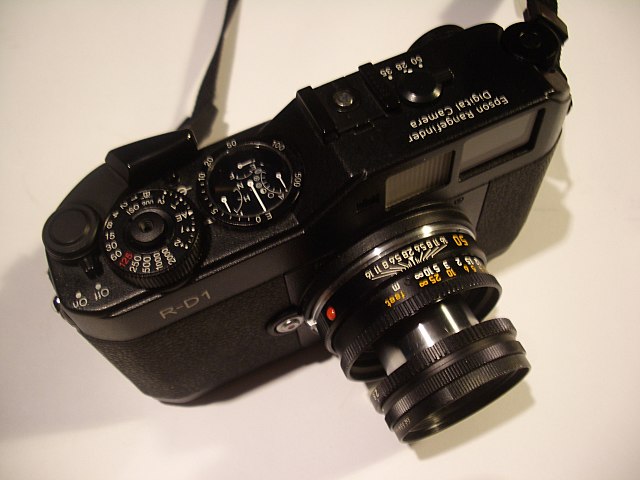Urban photography is a vibrant and dynamic field that captures the essence of city life through its architecture, people, and streetscapes. Cities offer a rich tapestry of textures, colors, and moments that can make for stunning and impactful photographs. However, urban photography comes with its own set of challenges that can test even the most seasoned photographers. In this blog post, we’ll explore these challenges and offer practical solutions to overcome them, helping you to capture the urban landscape in its most compelling form.
1. Navigating Crowds
One of the most common challenges in urban photography is dealing with crowds. Busy streets, crowded public spaces, and throngs of people can make it difficult to compose your shot and achieve the desired focus and clarity.
Solution: To manage crowds effectively, consider shooting during off-peak hours when public spaces are less crowded. Early mornings or late evenings often offer quieter scenes and softer lighting. Additionally, using a wide aperture can help you focus on specific subjects while blurring out the bustling background. Patience is key; wait for moments when the crowd thins out or try capturing candid shots that include the crowd as part of the story.
2. Controlling Lighting
Urban environments present a mix of lighting conditions, from harsh midday sun to dimly lit alleyways. Managing exposure in such diverse settings can be challenging, especially when dealing with contrasting light sources and reflections from glass buildings.
Solution: Mastering the use of your camera’s exposure settings is crucial. Learn how to use manual mode to control your aperture, shutter speed, and ISO settings effectively. Consider using a polarizing filter to reduce reflections and manage glare. When shooting in low light, a tripod can be invaluable for stabilizing your camera and achieving sharp images. Additionally, embrace post-processing to adjust exposure and correct any lighting issues that weren’t addressed in-camera.
3. Capturing Unique Perspectives
Urban environments are filled with repetitive patterns and familiar landmarks that can make it difficult to find a unique perspective. Standing out in a sea of similar shots requires creativity and a keen eye for detail.
Solution: Look for unconventional angles and compositions that provide a fresh take on familiar scenes. Explore different vantage points by shooting from high up or down low, or through reflections in windows and puddles. Pay attention to how light and shadow interact with the environment to create interesting shapes and textures. Experiment with framing, leading lines, and symmetry to add depth and interest to your photos.
4. Dealing with Distracting Elements
Cities are inherently busy, and it’s common to encounter distracting elements like cluttered backgrounds, unwanted objects, or people who inadvertently appear in your shots.
Solution: To minimize distractions, use selective focus to isolate your subject from the background. Frame your shot carefully to avoid including elements that detract from the main subject. If necessary, use post-processing tools to crop out or blur distracting elements. Sometimes, patience and waiting for the right moment can also help—observe how the scene evolves and time your shots to capture the cleanest composition.
5. Ensuring Safety
Urban photography often involves navigating busy streets, unfamiliar areas, and potentially unsafe situations. Prioritizing your safety while pursuing the perfect shot is essential.
Solution: Stay aware of your surroundings and be cautious in areas that feel unsafe or where you’re not familiar with local conditions. Avoid drawing too much attention to yourself and keep your equipment secure. If you’re photographing in an area known for pickpocketing or other risks, consider using a strap or belt to secure your camera and avoid displaying it openly. If you’re shooting at night or in low-light conditions, bring a friend or work in well-lit, populated areas to enhance safety.
6. Respecting Privacy and Permissions
Photographing people in public spaces raises ethical considerations regarding privacy and consent. It’s important to be respectful and mindful of how your photography impacts others.
Solution: Always approach your subjects with respect and politeness if you plan to include them prominently in your shots. In many cases, simply asking for permission can lead to more authentic and cooperative interactions. When photographing in sensitive areas or involving private properties, be sure to obtain any necessary permissions or permits. Understanding and adhering to local regulations regarding photography can help you avoid legal issues and foster positive relationships with the community. What is fine art portrait photography? Please visit their page to learn more.

7. Managing Post-Processing
Post-processing is a powerful tool for enhancing urban photos, but it can also be a challenge if not approached thoughtfully. Over-editing can result in unnatural images, while under-editing may fail to bring out the best in your shots.
Solution: Develop a balanced approach to post-processing by focusing on enhancing the natural qualities of your images rather than drastically altering them. Use editing software to adjust exposure, contrast, and color balance, but avoid excessive filters or alterations that may detract from the authenticity of the scene. Create a consistent editing workflow that suits your style, and consider studying different editing techniques to refine your skills over time.
Conclusion
Urban photography offers endless opportunities for creativity and storytelling, but it also comes with its own set of challenges. By understanding and addressing these challenges—whether they involve managing crowds, controlling lighting, or respecting privacy—you can elevate your urban photography to new heights. Embrace the dynamic nature of city life, experiment with different techniques, and remember that overcoming these challenges will ultimately lead to more compelling and memorable images. With practice and persistence, you’ll be able to capture the essence of urban environments and share their unique stories with the world.


